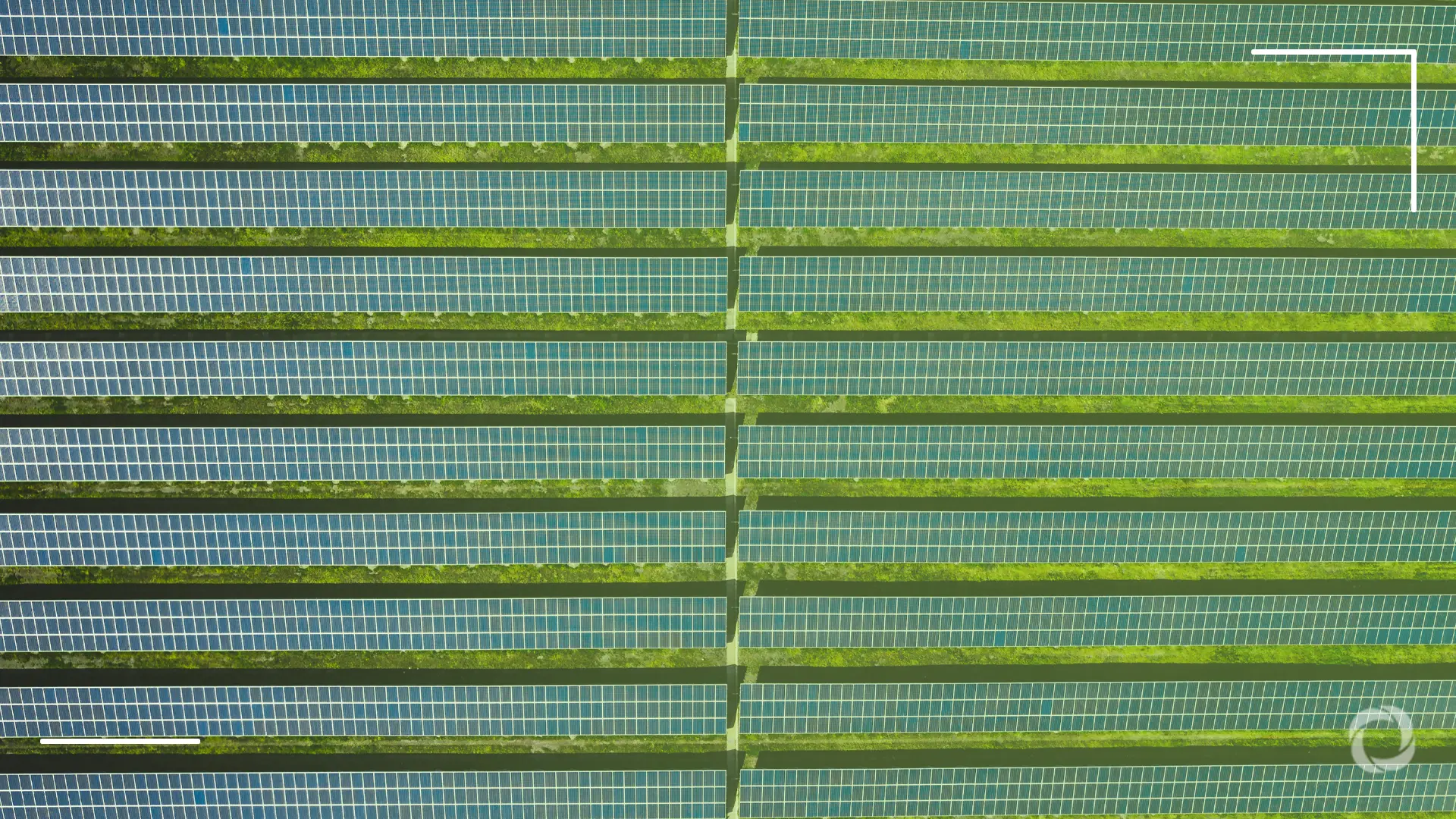Despite tense negotiations, the European Union and China managed to reach a deal on green energy and climate cooperation during the 25th annual summit, signaling a shift in global climate leadership that sidelines the United States.
Sitting around the negotiating table were:
- European Council President António Costa
- European Commission President Ursula von der Leyen
- Chinese President Xi Jinping
- Chinese Prime Minister Li Qiang
Over two rounds of talks, the leaders clashed on trade and tariffs, which quickly became the hottest topics, but ultimately they found common ground on climate action, coming to an agreement on green energy cooperation.
EU, China on the same page
In a joint statement, both parties committed to accelerating the rollout of renewable technologies and reaffirmed their dedication to the Paris Climate Agreement. The statement stressed that amid global instability, major economies must keep policies predictable and intensify efforts to curb climate change. It also reaffirmed that the UN Framework Convention on Climate Change and the Paris Agreement remain the foundation of international climate policy and urged all countries to honor the principle of “common but differentiated responsibilities” while acting in good faith to meet their commitments.
“Our cooperation on climate can set a global benchmark now more than ever,” said von der Leyen, calling on both sides to uphold the Paris Agreement.
Commission Vice-President Teresa Ribera described the pact as “a meaningful step” in a world that is facing both geopolitical tensions and mounting environmental risks.
A contrast with Washington
The timing of this pledge marks a sharp contrast with Washington’s current stance. On his first day back in office, US President Donald Trump signed an order withdrawing the US from the Paris Agreement, doubling down on his dismissal of climate change as a “hoax”.
With the U.S. absent from global efforts, the new agreement between the EU and China gives Europe room to show it can act independently while securing affordable green imports that are crucial to its own energy transition.
China’s interests
China, the world’s largest emitter, has its own goals and interests. The country has pledged to peak its carbon emissions before 2030 and reach net-zero by 2060, as well as cut carbon intensity by over 65% from 2005 levels by 2030, although it is currently off-track to achieve this. Nevertheless, analysts remain optimistic. Belinda Schäpe from the Centre for Research on Energy and Clean Air believes that China could lower emissions by at least 30% by 2035, which would double the value of its clean energy sector. She added that the EU should aim for a 78% cut below 1990 levels over the same period.
China is also aggressively expanding its green technology sector. Data from the International Renewable Energy Agency shows that in 2024, China held more than 40% of the world’s renewable capacity and nearly 77% of Asia’s total. BloombergNEF reports that China invested US$818 billion in its energy transition last year, more than twice that of any other nation. This means that by partnering with the EU, China will strengthen access to major global markets for its competitively priced clean-tech exports, including solar panels and electric vehicles.
A defining moment
Mary Robinson, former President of Ireland and a leading climate advocate, called the deal pivotal.
“This is a moment the EU and China cannot afford to miss. EU-China climate cooperation can help steady markets, accelerate the clean energy transition and show that even in a moment of division, climate action remains one of the surest paths to resilience.”

